
US Copper Tariff Highlights Supply Chain and Arbitrage Challenges
The US Section 232 copper tariff, set to take effect on August 1, aims to reduce reliance on foreign copper. However, industry experts agree that achieving copper self-sufficiency through domestic production and processing will take at least a decade. Currently, the US consumes about 1.6 million tonnes of copper annually but produces only 1.1 million tonnes domestically, leaving a supply gap filled by imports.
This tariff has already triggered historic arbitrage between the London Metal Exchange (LME) and Chicago Mercantile Exchange (COMEX). US importers have stockpiled an estimated 600,000 tonnes of copper cathode to pre-empt the tariff, pushing the COMEX premium to record highs near $2,600 per tonne. Such activity indicates short-term price volatility but does not address long-term supply challenges.
Long-Term Outlook for US Copper Production and Recycling
Despite the tariff, expanding US copper production will require substantial investment and time. New mining projects such as Antofagasta’s Twin Metals and Rio Tinto’s Kennecott expansion are promising but face legal and regulatory hurdles. Additionally, the US operates only two primary copper smelters, limiting refining capacity.
Meanwhile, recycling offers a significant growth opportunity. Existing secondary smelters operate at about 21% capacity, indicating potential to increase refined copper production quickly if investments occur. Several new US recycling plants are scheduled to open, signaling industry efforts to boost domestic supply through scrap processing. Nevertheless, the impact of these developments will mainly materialize in the medium to long term.
SuperMetalPrice Commentary:
The US copper tariff underlines the complexity of securing supply chain resilience in a globally interdependent market. While the tariff creates short-term arbitrage opportunities and incentivizes domestic production, it cannot solve supply deficits overnight. Investors should watch closely for how new mining and recycling projects develop. In parallel, policymakers must balance import restrictions with realistic timelines for capacity expansion. The tariff’s success will hinge on long-term strategic investments and efficient utilization of existing refining infrastructure.





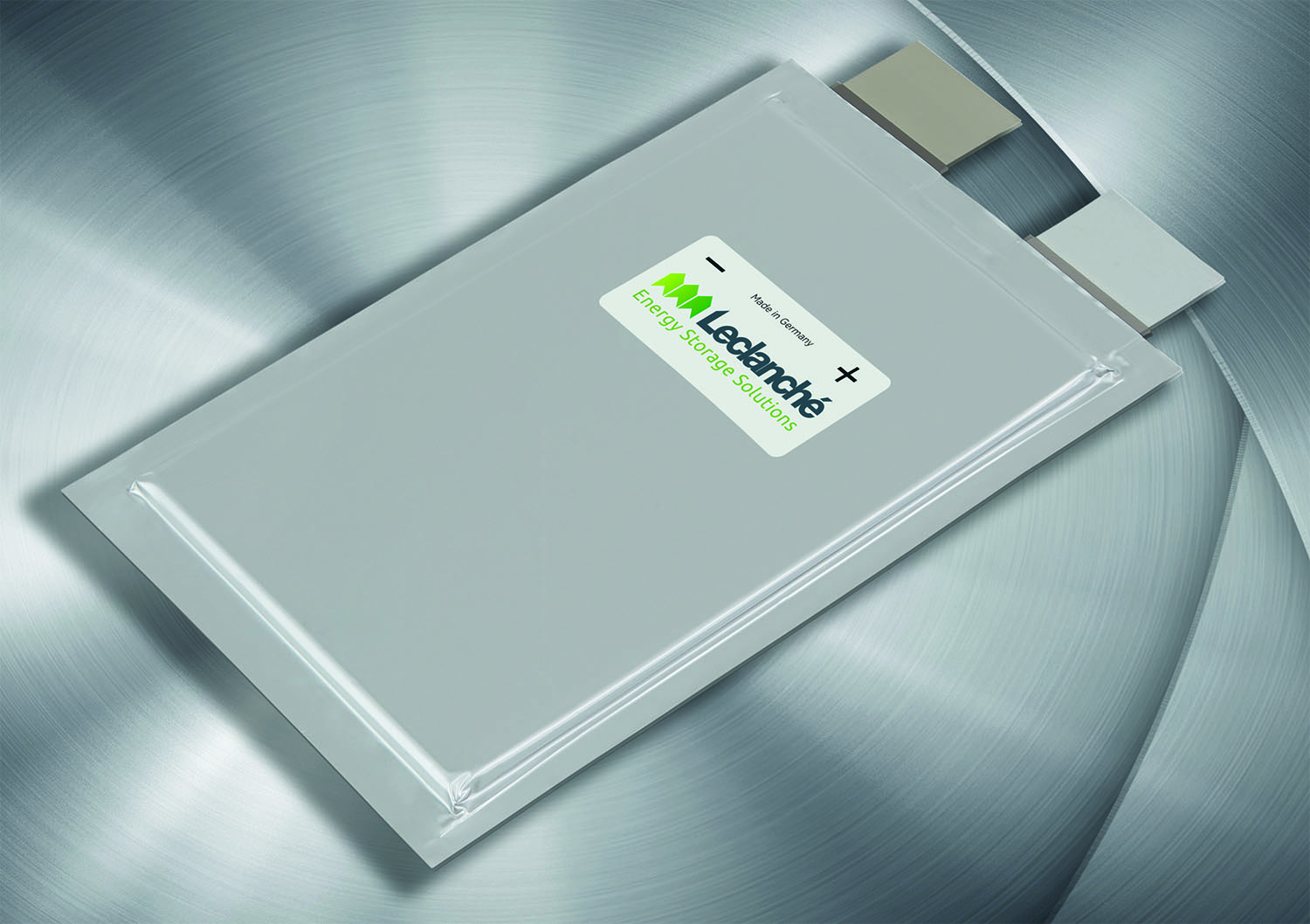

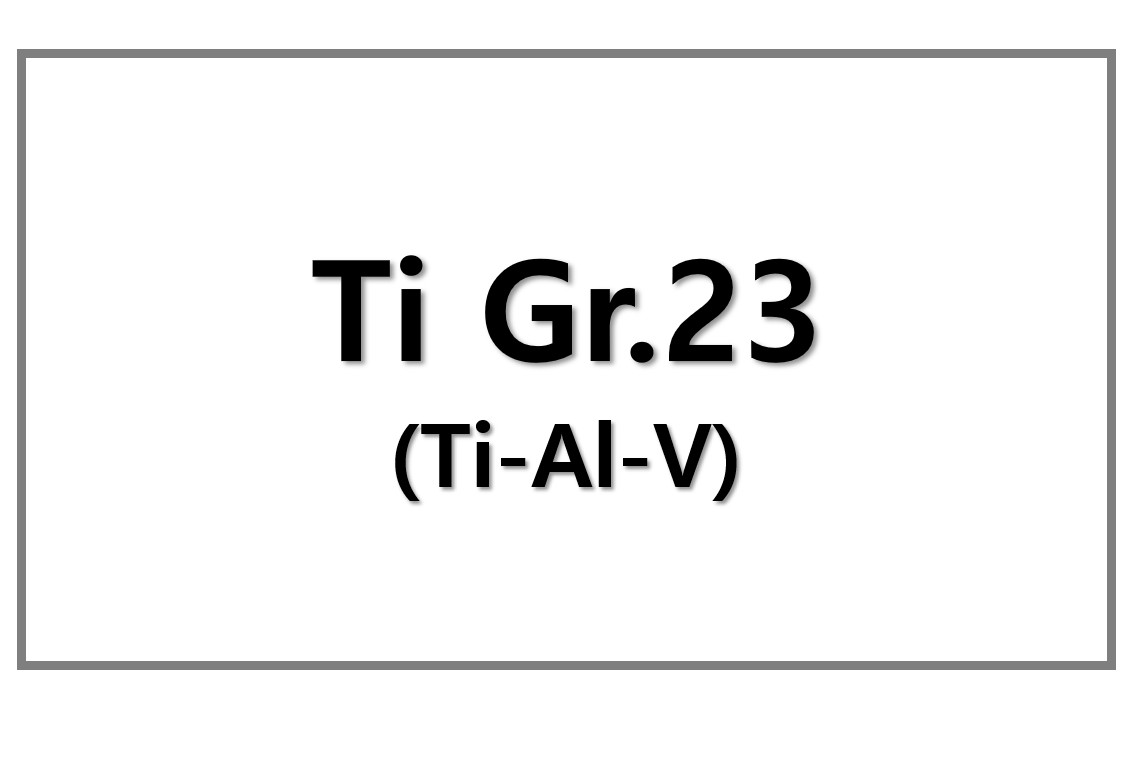
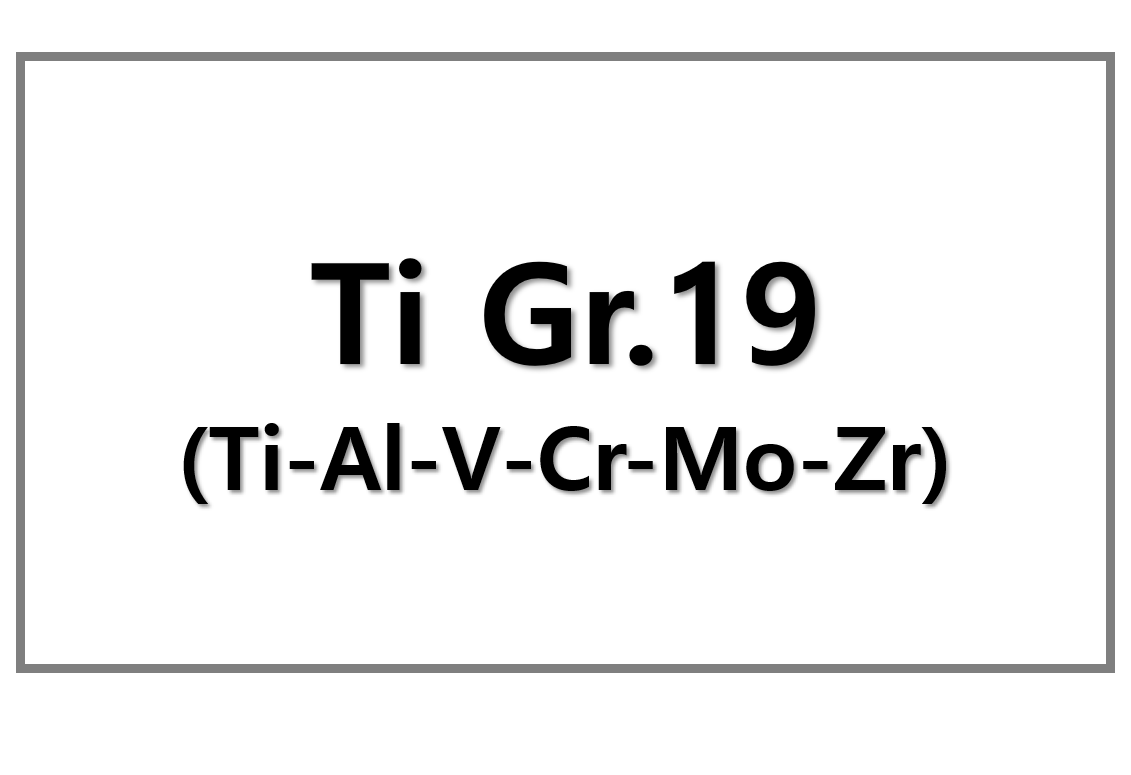
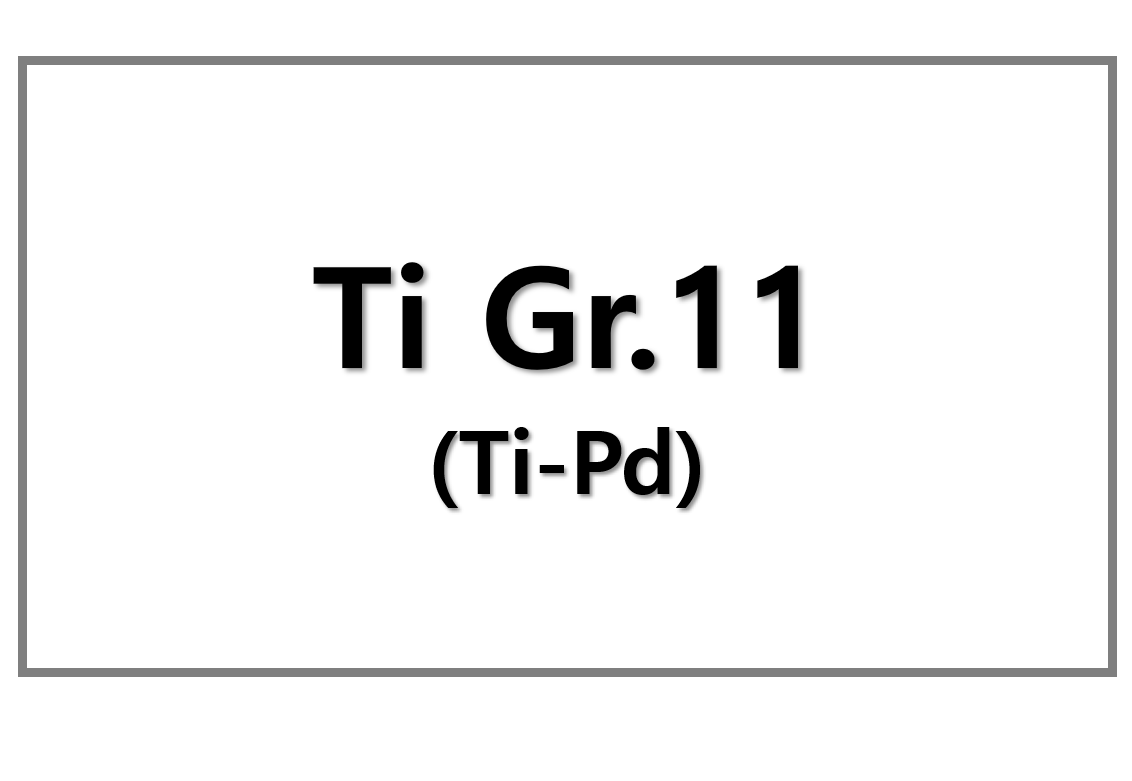
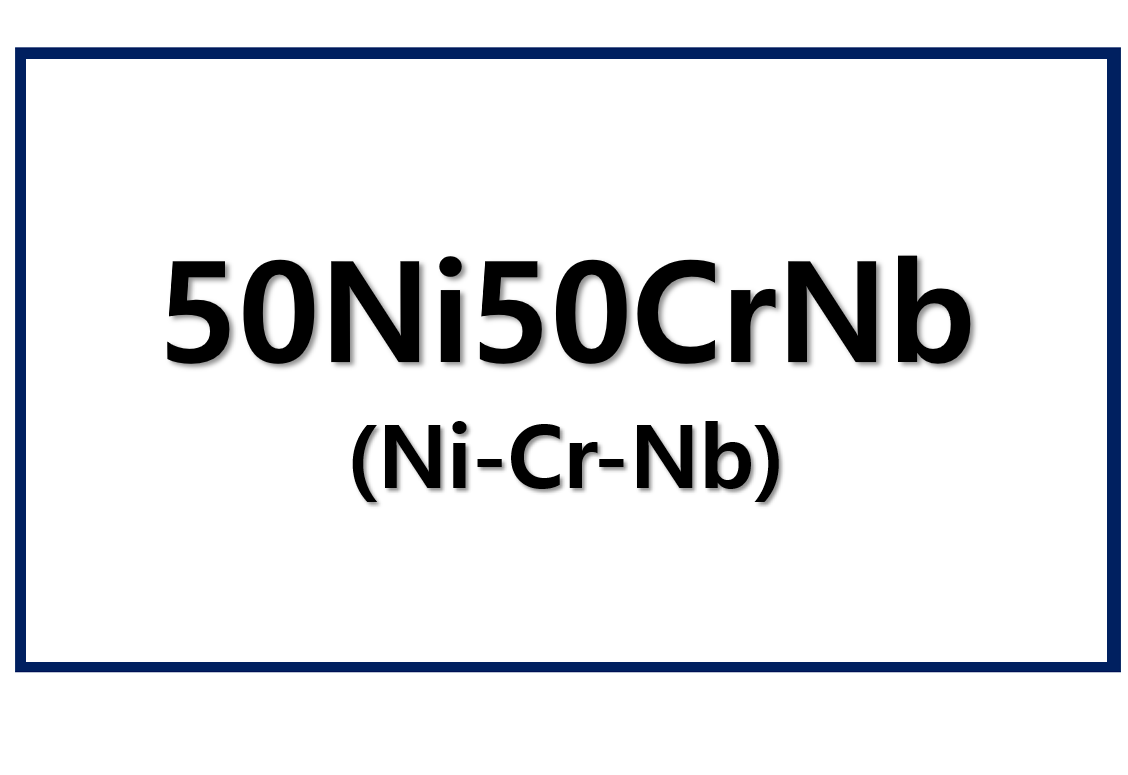
Leave a Reply
You must be logged in to post a comment.